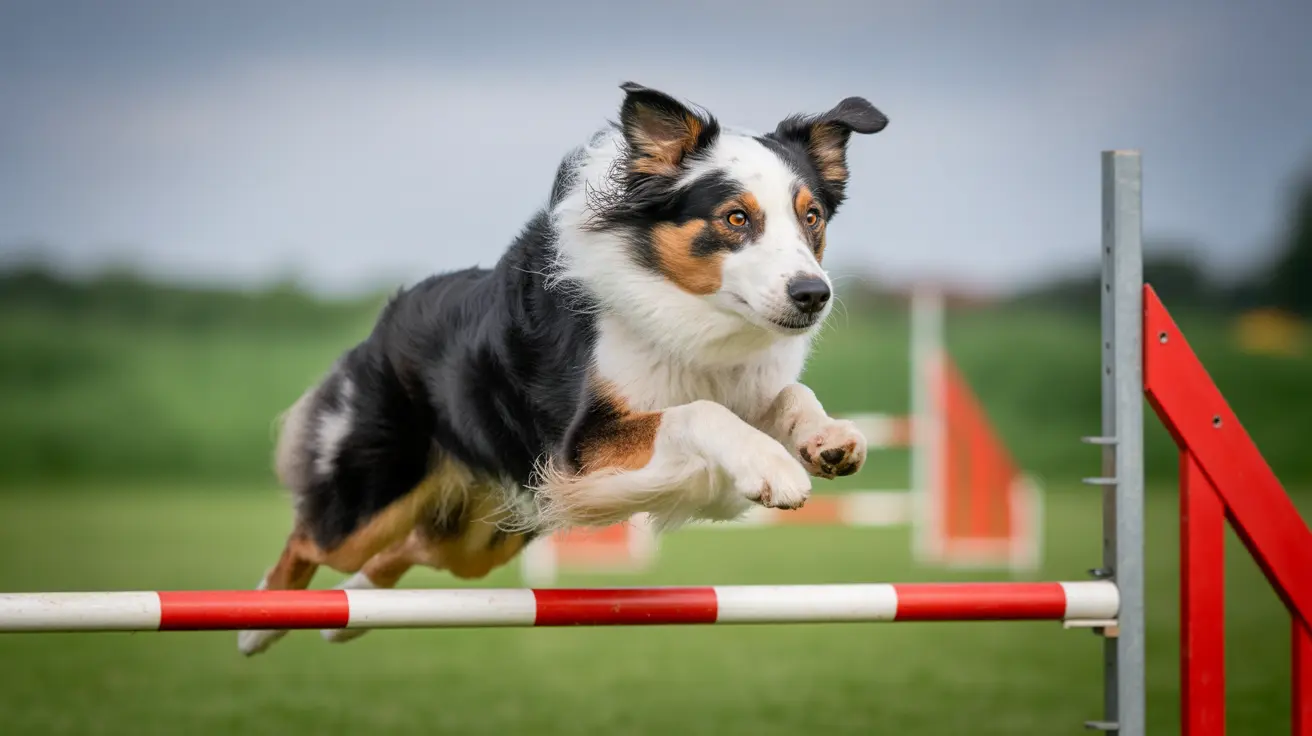Do Invisible Fences Really Work for Dogs?
Invisible fences have become a popular option for dog owners who want to contain their pets without installing a physical fence. These systems utilize a combination of radio signals, a receiver collar, and carefully structured training methods to teach dogs to stay within a designated area.
How Invisible Fences Work
An invisible dog fence typically consists of the following components:
- Transmitter: Installed indoors, emits a radio frequency signal.
- Boundary Wire or Central Transmitter: For wired systems, a copper wire is installed around the property. Wireless systems create a circular boundary from a central point.
- Receiver Collar: Worn by the dog, this device detects the boundary signal and emits warnings and corrections.
As the dog approaches the boundary, the collar first emits an audible warning. If the dog continues to cross the line, the collar delivers a mild static correction meant to deter escape behavior. The correction level is adjustable based on the dog's size and temperament.
Installation Process
Installation involves careful planning of the layout, securing the wire underground or along fences, and setting up the transmitter. Key steps include:
- Creating a diagram of the containment area.
- Installing and testing the boundary wire or selecting the right spot for the wireless base.
- Ensuring the wire loop is complete and using twisted wire in neutral zones for safe crossings (e.g., between house and yard).
The Importance of Training
Training is crucial for the system's effectiveness. Without it, even the best-designed invisible fence might fail to contain your dog. The training protocol typically involves:
- Introducing the dog to boundary flags while on a leash.
- Reinforcing retreat behavior when hearing the warning beep.
- Delivering rewards for avoiding the boundary.
- Gradually removing the flags as the dog retains the memory of the limit.
Advantages of Invisible Fences
Invisible fences offer a range of benefits, especially for certain properties or local restrictions:
- Cost-effective: Generally cheaper than building traditional fences.
- Flexible layout: Can be customized around gardens, pools, or slopes.
- Aesthetic appeal: Preserves landscaping and open views.
- Speed of setup: Easier and faster to install than wood or metal fencing.
- Utility in restricted zones: Useful in areas where physical fences are not allowed.
Limitations and Risks
Despite their usefulness, these systems come with considerable downsides:
- Physical discomfort: The static correction can lead to skin irritation or, rarely, injury.
- Behavioral issues: Can trigger anxiety, fear of the yard, or aggression if improperly trained.
- External threats: While dogs are contained, predators or strays can still enter the yard.
- Determined dogs: High-prey drive dogs may ignore corrections to chase animals or people beyond the line.
- System failure: Battery depletion, wire breaks, or interference may render the system ineffective.
- Unsuitable for all dogs: Some breeds or anxious dogs may react poorly or not learn appropriately.
Alternatives to Consider
If invisible fences are not right for your pet, you might explore:
- Physical fences: Provide clear, visual boundaries and physical protection.
- Leash walking or tie-outs: Offer controlled outdoor time without installation.
- Supervised yard play: Allows monitoring and safety for sensitive pets.
Conclusion
Invisible fences can effectively contain dogs when used correctly, but they are not a one-size-fits-all solution. Thorough training, ongoing equipment maintenance, and awareness of the dog’s personality and needs are essential. Used in the right circumstances and with proper care, these fences can offer safe and reliable containment—however, they should never be a substitute for supervision or appropriate behavioral reinforcement.





